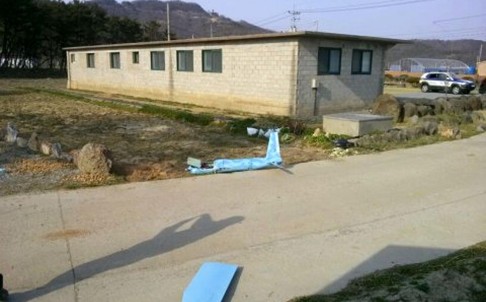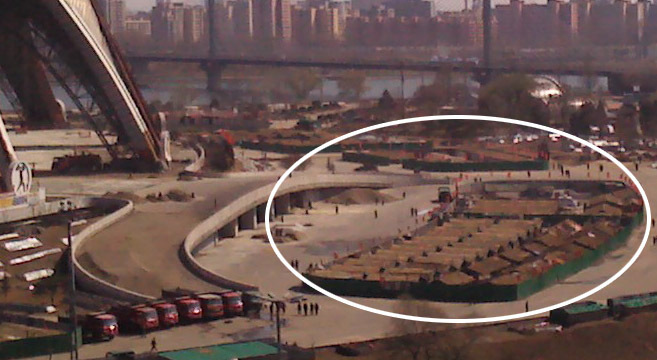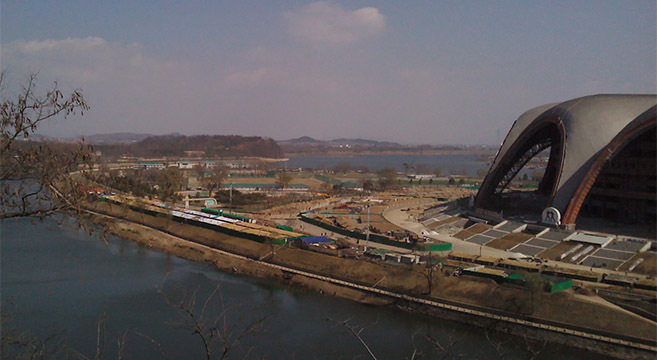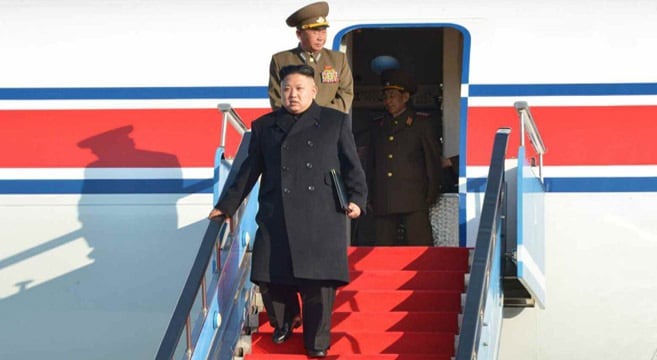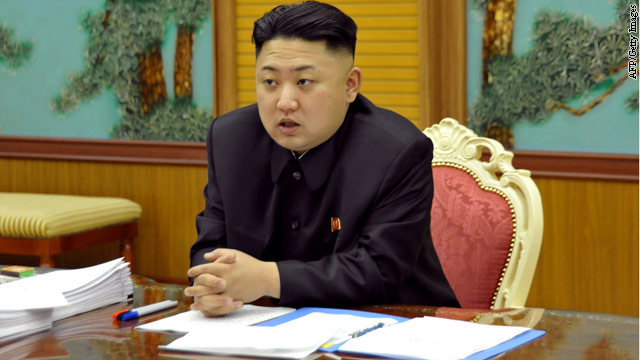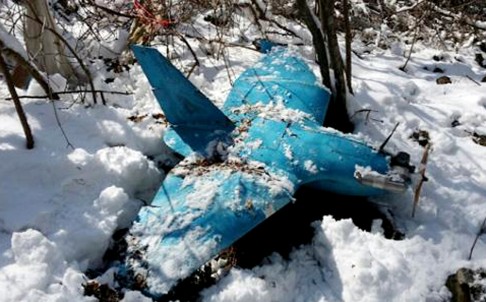- Joined
- Jul 15, 2013
- Messages
- 153
- Points
- 0
Missile launch fears as North Korea declares no-sail zone
No-navigation zones on East and West coast suggest short, mid-range ballistic missile testing could be imminent
April 1st, 2014
Hamish Macdonald

Amid growing speculation that further ballistic missile testing could be imminent, North Korea has declared a no-sail zone off its east coast, South Korea’s Defense Ministry said on Tuesday.
The warning, which came just a day after Pyongyang declared a no-navigation zone off its west coast and conducted widely condemned live-fire drills, suggests that North Korea may launch short or mid-range ballistic missiles in the coming days.
“North Korea has internally set the no-sail zone in waters near Wonsan this week to control its vessels,” a military told Yonhap News on Tuesday on condition of anonymity. “It is highly likely that the North may fire ballistic missiles.”
North Korea, which has been conducting increasingly powerful ballistic missile tests since late February, was condemned last week by the United Nations Security Council (UNSC) for firing Rodong type ballistic missiles into the East Sea last Tuesday without warning.
That followed a March 4 launch which South Korea said allegedly missed the path of a nearby Chinese passenger jet by just minutes.
Coinciding with Tuesday’s no-sail zone warning, vessel activity monitored by the NK News DPRK ship tracker showed reduced traffic in the coastal areas to the immediate east and west of North Korea.
A comparison of vessel activity last week in the Yellow Sea area with Tuesday shows a significant reduction in what is usually common traffic between the Chinese port of Dandong and North Korea’s port of Nampo:
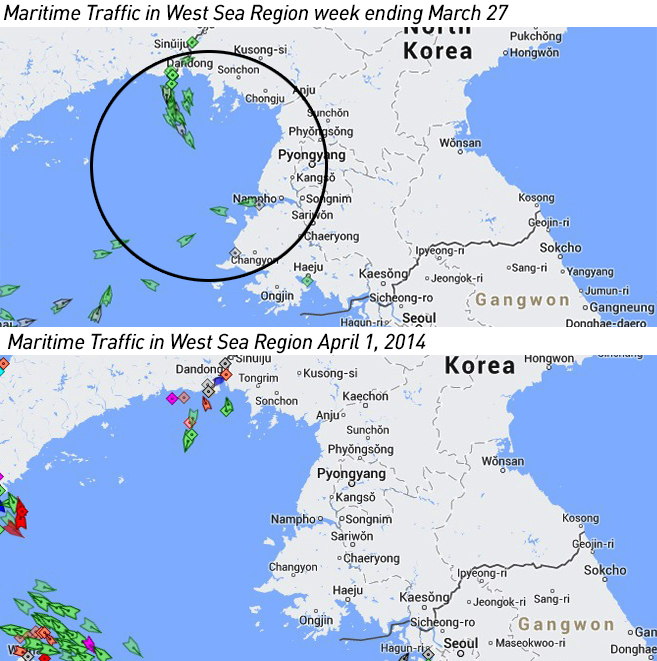
Vessel traffic in West Sea before and after no-navigation zone set | Source: Marine Traffic
ROAD TO NUCLEAR TEST?
North Korea’s Foreign Ministry on Monday said that the UN Security Council committed “an illegal provocative act” for denouncing last week’s Rodong missile launches, adding that Pyongyang would “categorically” reject any subsequent UN sanctions as a breach of sovereignty.
That prompted fears in some quarters that North Korea may be engineering a crisis to legitimize a fourth nuclear test, a “new form” of which Pyongyang “would not rule out” on Monday.
On two previous occasions North Korea used United Nations condemnations of ballistic missile launches to justify subsequent drills, exercises and nuclear tests.
Following the failed launch of a Kwangmyongsong-2 satellite on April 5 2009, the UNSC unanimously condemned North Korea for breaching resolutions forbidding Pyongyang from testing ballistic missiles. Just a month later North Korea conducted a second nuclear test to “bolster up its nuclear deterrent for self-defence in every way”, according to state media outlet the Korea Central News Agency.
A similar timeline of events occurred when the UN adopted Resolution 2087 in January 2013 to punish a successful December 2012 Unha-3 satellite launch. Within weeks, North Korea conducted its third nuclear test in February 2013, justified once again as a defensive matter.
But satellite analysis conducted at the John Hopkins U.S. Korea Institute SAIS concluded that while limited activity continues at the Punggye-ri Nuclear Test Site, a nuclear test does not appear to be imminent.
Picture: Korea Central TV

